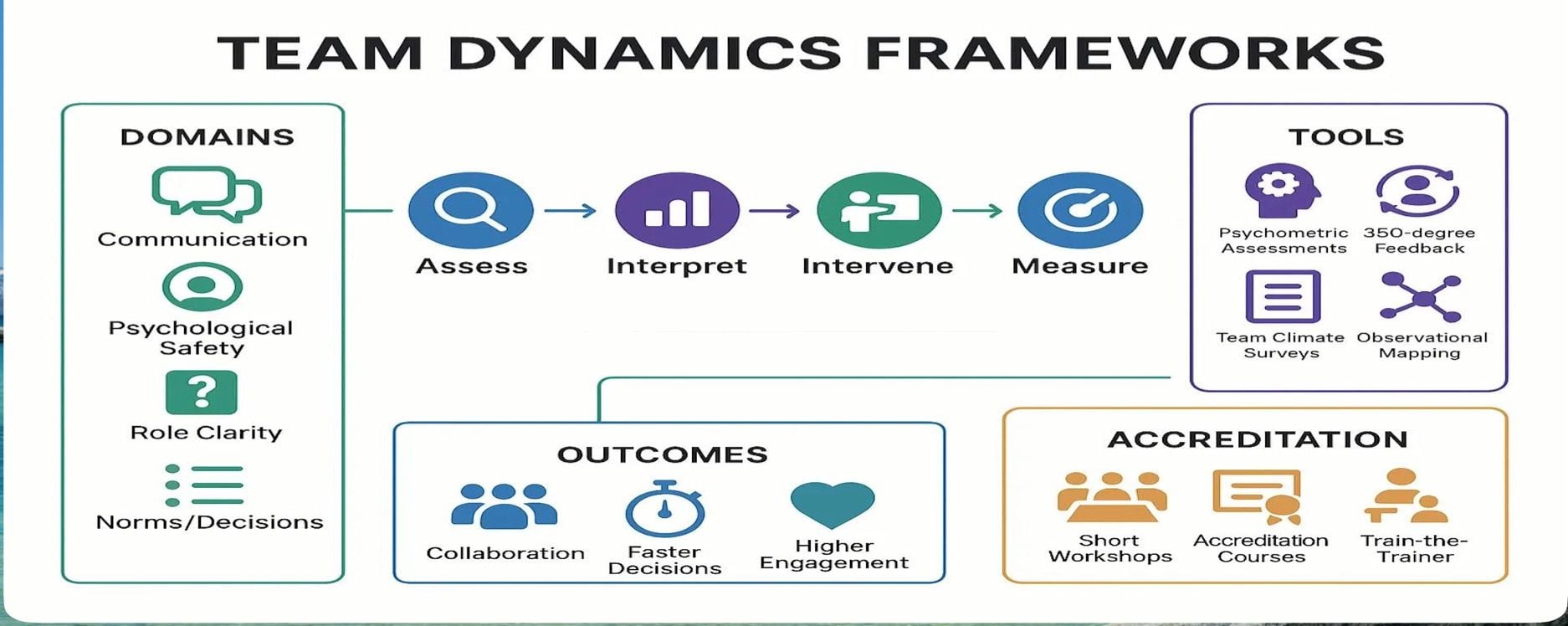Five Ways to Measure Training, So Your Budget Doesn't Get Cut
We've all heard it before when costs are tight, and budgets are being scrutinised, training spend is often the first expense to get the chop.
Why is that??
Training its often under-valued in an organisation unless there is a very clear way to see the tangible benefits.
Intrinsically, we know there is value to training staff and for specific occupations, it's a necessity but trying to apply a measurement technique to it is sometimes difficult. And when senior management is looking at financials, they want to see numbers and results.
Five Ways to Quantity the Value of Training:
1.Set Targets or Goals
Think about your training objectives and that of the organisations what key measures can be put in place that demonstrates the value of training staff.
It could include things like:
- The number of conflicts between staff that need to be mediated
- Complaints about specific parts of the company's operations
- Sick days and absenteeism
- Staff turnover and retention
- Error rates or re-work required
- Resource output and productivity improvements
- Outages or downtime
By setting measurable targets and goals up front, you can then quantify whether the training has had the desired impact. Let's say you're implementing a series of conflict management workshops does this reduce the number of hours spent in employee mediation?
2.Hold Debrief Sessions and Participant Evaluation
After the training had been conducted, hold a debrief session with a range of people across the organisation and discuss the value of the training to their team or division. Setting clear assessment criteria before the training has commenced you can use this as a basis for your review process.
Include a broad range of people to be involved in these sessions participants, line managers, heads of departments - to get a well-rounded view of the impact of the training and how its improved KPI's or performance metrics.
Back to the conflict management workshops example, one of the assessment criteria could be what tools did staff learn to resolve disputes? How are they using them in practice? And has this led to line managers spending less time in employee mediation?
3. Process and Routine Assessment
Before training, analyse the current process and routines staff use. For example, a root cause analysis can be used to understand where certain processes are breaking down and what training is required. Post-training the same evaluation can be completed to measure the change in the process or routine that has occurred to increase efficiency.
For example, was there a breakdown in a process because it required two teams to work together and there was no documented procedure, after training and learning new skills, teamwork improved and therefore output.
4. Skills Assessment
Fundamentally, training needs to be efficient in upskilling employees. That is, it should help them understand and absorb the training materials. Participants should walk away knowing something that they didn't know before attending, but not only do they need to have learnt something new they need to apply it to their work environment.
The best way to measure this is by doing a skills assessment, both before and after to measure the improvement. There are a range of tools we offer.
5. Cultural Impacts
While this might be considered a more softer measure, its important none the less. Improvement in culture won't show up as improved metrics, but you can still gauge training impact on culture by:
- comparing things like HR complaints (for harassment, etc) before and after
- directly asking minority employees of any changes they've witnessed
- and other relevant questions.
You can look at your workforce diversity and the type of people that are attracted to work at your organisations. Asking questions such as - How has the demographics of your workforce shifted over time? and how this relates to staff training programmes?
More Information:
View our range of Survey Tools
View our Workplce Conflict Solution Tools
Talent Tools offers a large range of surveys and assessments to help organisaitons with their training needs. Including:
- training needs analysis
- employee satisfaction and engagement
We have a be-spoke inhouse system that can be tailored to your needs.


)
)
)
)
)

